Businesses across all fields are undergoing digital transformations, if they haven’t already. In truth, digital transformations are more like digital journeys, where new and emerging technologies are being continuously adopted into businesses on an ongoing basis.
However, making the most of these new technologies and knowing which ones are right for your business is a core tenant of a successful digital transformation strategy. Artificial intelligence (AI) has paved the way for tons of cutting-edge technologies, each of them improving performance and efficiency in their unique way.
In this blog post, we’ll guide you through the different AI technologies you can use to boost your digital transformation strategy so that you can select the one that’s the best fit for your team. We’ll also look at how to develop your own digital transformation strategy to implement new technologies like aiOla speech AI.
Understanding Digital Transformation
Digital transformation is the comprehensive adoption of new digital technologies to change how an organization operates. Digital transformation technologies come in many forms, such as modernized IT infrastructures, cloud computing, data analytics, or digital customer experiences.
Overall, businesses are moving away from traditional systems and towards digital transformation for different reasons, such as:
- Tech-savvy customers who demand better and more personalized experiences
- Pressure from competitors who have adopted digital transformation
- Advancements in AI, machine learning (ML), and big data for better decision-making
- The move towards remote work and digital interactions
The result of these rising demands in the market is resulting in businesses adopting new technologies to transform their business operations. For digital transformation examples, we can look to some of the most recognizable companies: Netflix and Amazon.
Netflix went from mailing out DVDs to delivering better value to its users through one of the first online streaming services. Similarly, Amazon reinvented retail and e-commerce operations by adopting and even building advanced technologies like Alexa, AWS, as well as robotics, automation, and AI tools to manage its warehouses. Of course, Amazon isn’t the only one using AI to transform its operations as it’s being increasingly adopted by businesses across many verticals.
The Role of AI in Digital Transformation
AI plays an important role in digital transformation, providing businesses with tools and capabilities they otherwise wouldn’t have to drive innovation, efficiency, and improve customer experience.
Some of the key AI technologies driving this change include:
- Machine learning (ML): ML allows systems to learn from data and improve accuracy and predictive capabilities over time
- Natural language processing (NLP): NLP is what allows machines to interact with human languages, powering technologies like virtual assistants, chatbots, and sentiment analysis
- Computer vision: Computer vision enables the processing and interpretation of visual data for stronger and more accurate quality control, facial recognition, and automation
- Robotics: When integrated with AI, robotics can automate repetitive and physical tasks, leading to reduced human error and enhanced productivity
- Deep learning: Like ML, deep learning relies on neural networks to learn complex data patterns from large data sets, enhancing capabilities in NLP, analytics, image and speech recognition, and more for more sophisticated automations
Developing a Digital Transformation Strategy
Developing a digital transformation strategy first involves taking stock of your organization’s current state and looking for opportunities in your operations to adopt new technologies. To do this, you’ll need to evaluate your existing processes and technologies to look for spots where new digital solutions can improve workflows.
Next comes setting strategic goals that align with your overall business objectives. This can be anything from improving your customer experience to fostering more innovation. For example, if your company is aiming to be a market leader in consumer satisfaction, you should aim to prioritize technologies that enhance customer interactions and gather meaningful feedback. Through digital transformation that’s based on specific and measurable goals, your organization can drive sustainable growth and remain competitive.
Finally, one of the most essential aspects to evaluate for successful digital transformation is its impact on company culture. Establishing a digital culture where there wasn’t one already is often considered one of the biggest hurdles to complete digital transformation. Alongside new technologies, companies also need to invest in adequate training on new processes for high levels of adoption.
Below, we’ll discuss how you can develop a successful digital transformation strategy that keeps your employees front of mind.
How to Develop a Digital Transformation Strategy
When developing a digital transformation strategy, it’s important to take a holistic approach. Rather than focusing only on the technologies themselves, also consider other factors like how employees will be able to adapt. For example, when you adopt aiOla’s speech AI solution, the technology integrates into your existing workflows without disruption and minimal learning curve, making it quick to adopt without a significant burden on employees.
Here are ten steps you can follow to develop a comprehensive digital transformation strategy:
- Assess your current digital maturity
Evaluate your organization’s current technology and employee readiness for new tools. Understanding this can help you pinpoint in which departments and processes AI can be the most beneficial and impactful - Define clear objectives and desired outcomes
Decide on measurable goals that align with your big-picture business objectives, such as improving operational efficiency, expanding data collection, or reducing time spent on certain processes. - Identify key stakeholders and form a dedicated team
Include employees from various departments in your decision-making process for more diversified perspectives and to make sure different needs are considered for a smoother transition. - Prioritize initiatives based on business impact and feasibility
Not all areas of your business may be ready for AI digital transformation, so focus on areas where new technologies can be the most beneficial and practical to implement for your team. - Create a roadmap with milestones and timelines
Develop a step-by-step roadmap of what your implementation will look like including key milestones like introduction and training dates, as well as a timeline for different implementation rounds. - Allocate resources and budget
Not only do you need to allocate a budget for the purchase of AI technologies, but you also need to factor in the cost and resources needed for training and support so you prioritize getting employees comfortable with the new system. - Develop a change management plan
Change management plans are essential when adopting new technologies. A solid change management plan includes clear communication strategies, areas of impact, context for the reason behind the changes, goals, and more. - Establish metrics for measuring success
Define key performance indicators (KPIs) you want to track that will help you measure the success of your digital transformation strategy, such as tracking reduction in manual tasks, improvement in production levels, or an increase in actionable data and insights. Later on, we’ll cover other specific KPIs you can measure. - Implement pilot projects to test and refine your approach
Before you jump head first into a full-scale rollout, run a pilot project to test new systems before full implementation. This way, you can refine your strategy to guarantee a smoother organization-wide transition. - Continuously review and adjust your strategy as needed
Digital transformation isn’t a singular process, it’s always ongoing. Regularly review your current strategy and make adjustments to achieve your desired outcomes by gathering employee feedback then you can adjust timelines, training, or workflows as needed.
By following the steps outlined here, you can make sure your AI digital transformation strategy is built to leverage any type of new system, such as aiOla’s speech AI, while simultaneously ensuring that your employees remain at the heart of the process.
Key Components of an AI Digital Transformation Strategy
While you can take the formula we mentioned above and apply it to most digital transformations, when working with AI technologies, you want to consider a few additional steps to ensure you’re implementing the best platforms for your organization. Here are a few more considerations to examine when looking for AI technologies that will help your business meet your goals.
Data-Driven Decision Making
Any successful digital transformation strategy involves data-driven insights, which are turned into actionable changes that inform decisions and new technology adoption. When looking at AI products, opt for ones that will mesh well with your existing technologies to gather robust and meaningful data to better inform critical business decisions and practices. This can be in the form of data analytics tools, ML systems, or event platforms like CRMs that have AI features.
Building AI Capabilities
Before taking on new AI systems, you need to decide your intention for the technology. If your goal is to develop in-house AI capabilities further, then you’ll have different requirements than a team that’s looking for outsourced solutions. With in-house development, you can pick and choose AI technologies that allow for a more tailored solution, whereas with outsourced options you can get access to specialized expertise and a potentially quicker implementation.
Ethical Considerations
Another thing to take into account is how your organization will balance the ethical considerations AI raises. Issues such as bias, privacy, and transparency are essential to address before adopting AI in your digital transformation strategy. You need to ensure your AI systems, no matter what they are, are fair and compliant and that you establish clear guidelines and governance frameworks to maintain the integrity of new applications.
Evaluating Your AI Digital Transformation Strategy
Once you’ve developed a digital transformation strategy and decided which AI technologies to implement, it’s time to establish some key performance indicators (KPIs) to better monitor their success. Without examining how new systems are impacting your business, it’s difficult to tell if your strategy is really working. Here are a few things you should keep track of:
- Track revenue growth by looking at changes in sales or market share
- Evaluate employee productivity with engagement surveys
- Measure customer satisfaction through feedback
- Calculate return on investment (ROI) of new technologies through cost savings, efficiency gains, or revenue increase
- Monitor operational efficiency by looking at process cycle time and cost savings
After monitoring these factors, you’re going to want to adopt practices to continuously improve how new technologies are being used. This can be done with regular reviews of AI systems and processes, feedback loops from users and stakeholders, and ongoing training to keep employees up to date on new changes or implementations.
aiOla: Speaking Words Into Action for a Seamless AI Digital Transformation
One of the holdups when it comes to adopting new AI technologies is the demanding onboarding and implementation process. It can take time to adopt a new AI system into an existing tech stack, and even more time to get your team used to it. However, part of digital transformation is choosing the right tools for your business, which often means considering which type of technology would be the most painless to adopt. Speech AI like aiOla allows users to onboard quickly and easily as all it takes is speaking as usual to spark action and insight.
aiOla is a speech AI technology that allows companies to collect meaningful data that’s otherwise lost when speaking and turn words into actions and automations. With aiOla, all employees need to do is speak normally and the speech AI does the rest. The technology can understand over 100 languages as well as any accent, dialect, and industry jargon.
Integrating aiOla as a part of your organization’s digital transformation strategy is actually easier than you might expect. Rather than fitting your existing workflows to a new technology, you’re fitting a new technology to slip seamlessly into your current workflows. This way, your work isn’t disrupted, but you still gain all the benefits of integrating a cutting-edge system.
Evolving Your Operations With an AI Digital Transformation Strategy
There’s no question that adopting a digital transformation strategy is key for any business, but the addition of AI to your strategy is what will really push your organization over the edge. While digital transformations can be cumbersome and resource-intensive, choosing the right technologies, like aiOla’s speech AI, can make all the difference to the successful execution of your strategy. aiOla is easy to adopt, can really bolster your data analysis and insight collection, and takes little to no learning time to integrate into your workflows, giving you access to powerful technology without disruption.
Book a demo with one of our experts to see how aiOla can impact your organization’s digital transformation.








